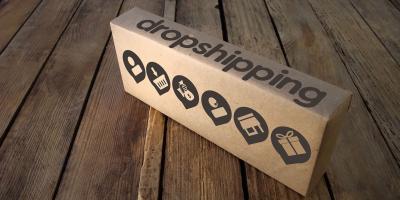The so called "button solution" came into force on 01.08.2012 in Germany and on 13.06.2014 in Austria. This improvement goes back to the Consumer Rights Directive and was uniformly implemented across the European Union as a respond to the ongoing flood of online subscription traps of the recent years. For consumers as well as operators it is important to become familiar with the new rules as they decide upon the effectiveness of a contract between a consumer and a company that was concluded online. The following questions and answers help in doing so.
Does the button solution only apply for online subscriptions?
No, the button solution applies to all kinds of contracts concluded in e-commerce, as long as they are concluded between a consumer and an entrepreneur. Besides, the button solution also considers mobile commerce, especially conclusion of a contract via smartphone.
Which labels have to be on the button?
When a button is used for orders, it has to be labelled correctly. The legislation calls for the usage of words like "obliged to pay". The following examples are stated in the law: "order with obligation to pay", "conclude contract with obligation to pay" or "buy". Not allowed, because unclear regarding the duty of payment, are terms like "registration", "next step", "order" - with such terms, operators of subscription traps made their money in the past.
What kind of information needs to be there?
The button solution is far more than just the labels of the ordering button. It's rather a question of providing specific information in a clear, coherent and highlighted manner to the consumer before he orders.
This means in particular:
- the important characteristics of the product or the service; the minimum duration of the contract if it entails a continual or recurring service; the price of the product or service including all price components as well as all taxes paid via the supplier or, if no exact price can be provided, a calculation basis that enables the consumer to verify the price; any eventual additional delivery and shipping costs as well as a notice of the possibility that other taxes and/or costs may exist that are not paid via the supplier or imposed by him.
- It is important to place this information in an appropriate connection with the order button on the website as it is the aim of the button solution to get consumers to recognise the given information before ordering goods. It is therefore in no case sufficient to provide a link that leads to the necessary information. A button that is placed above the information is also not adequate, as the wording "before" in the law is meant not only in terms of time but also in terms of space.
- The button therefore has to be placed underneath the information without any separating graphic elements that could disturb the context!
Last updated on 31.12.2014








